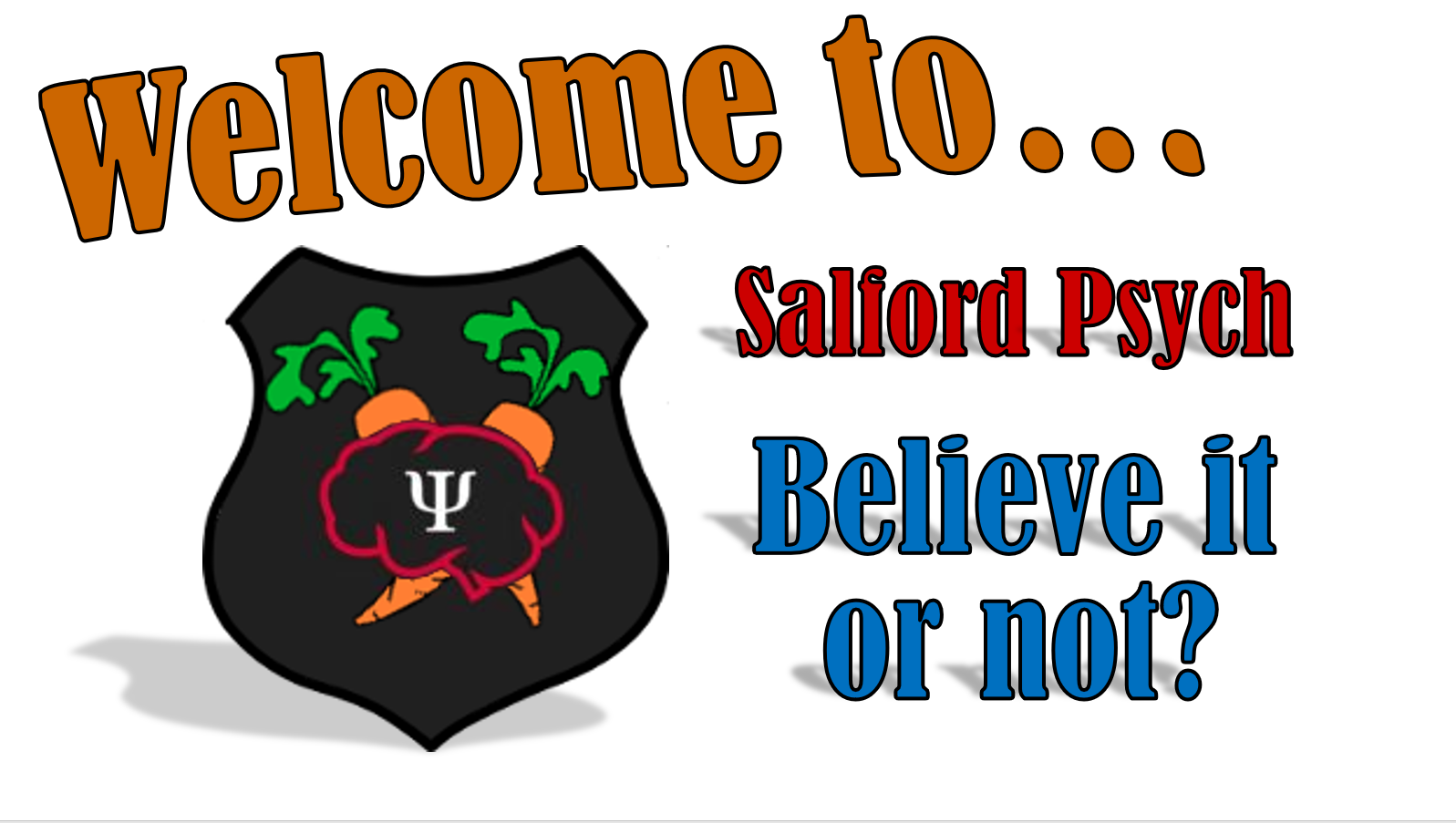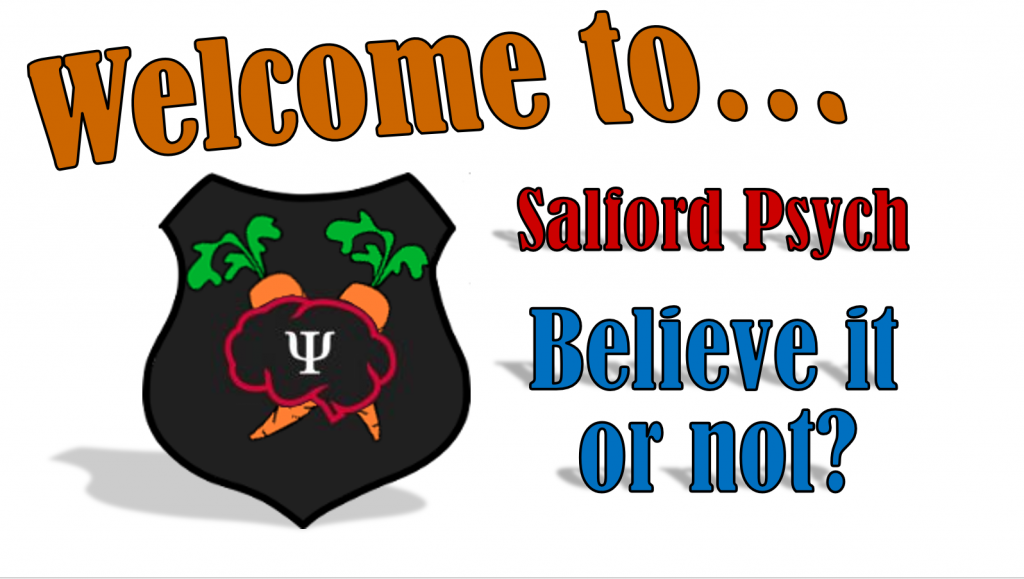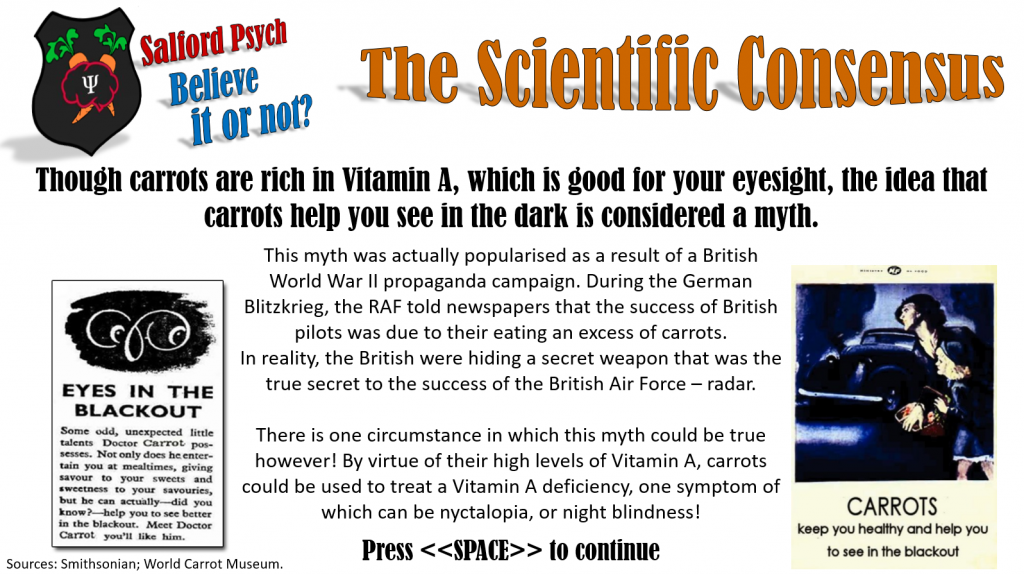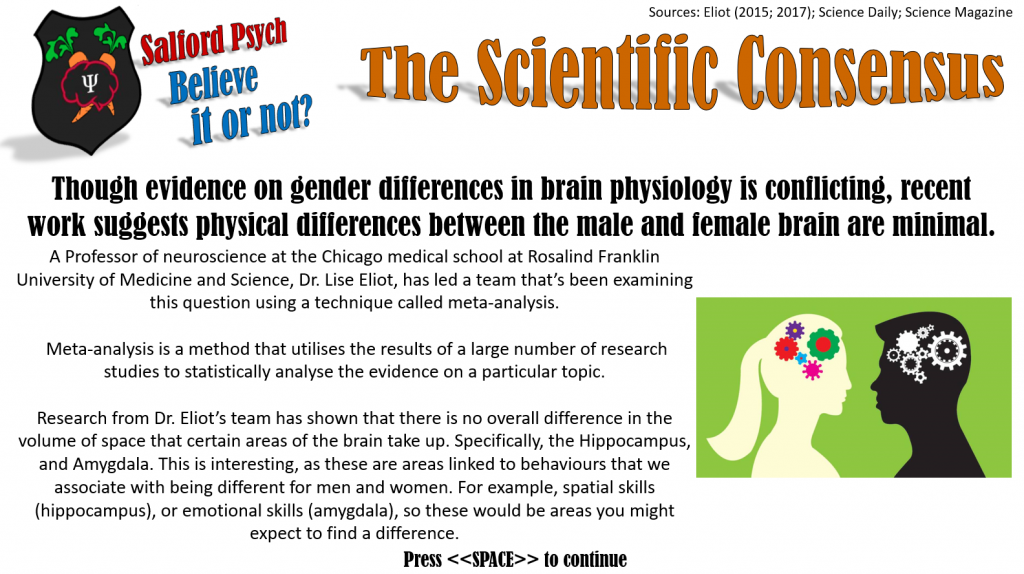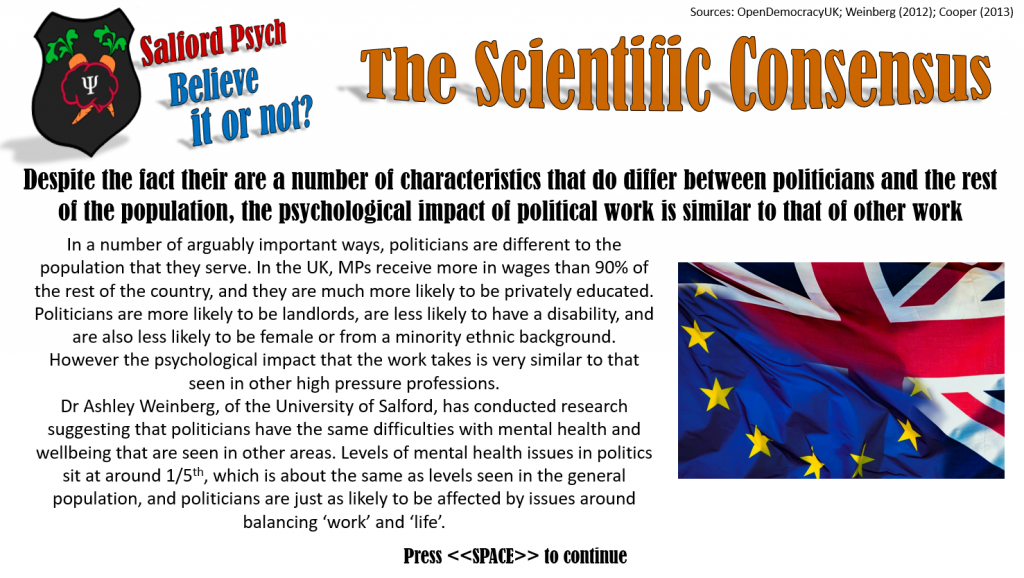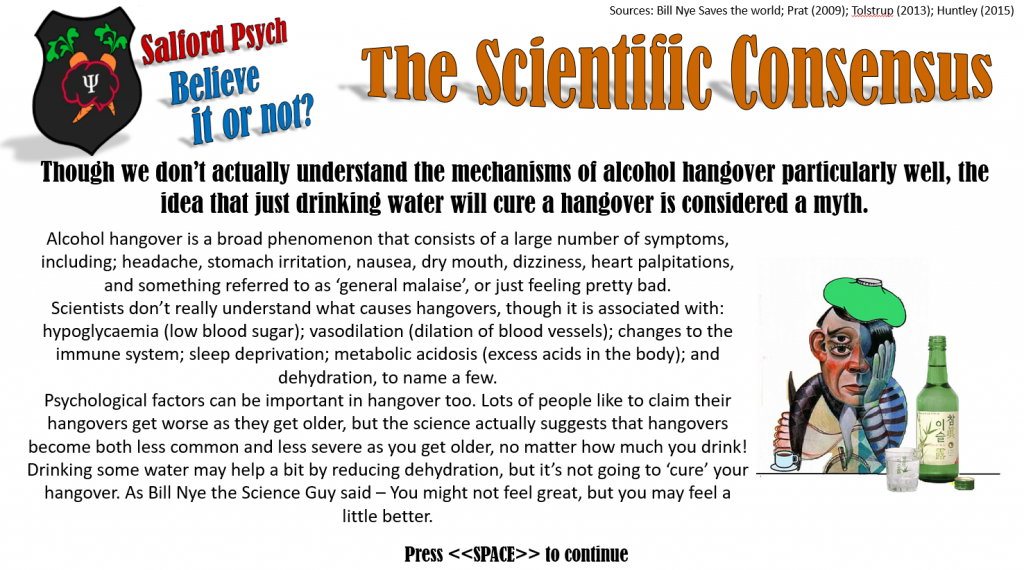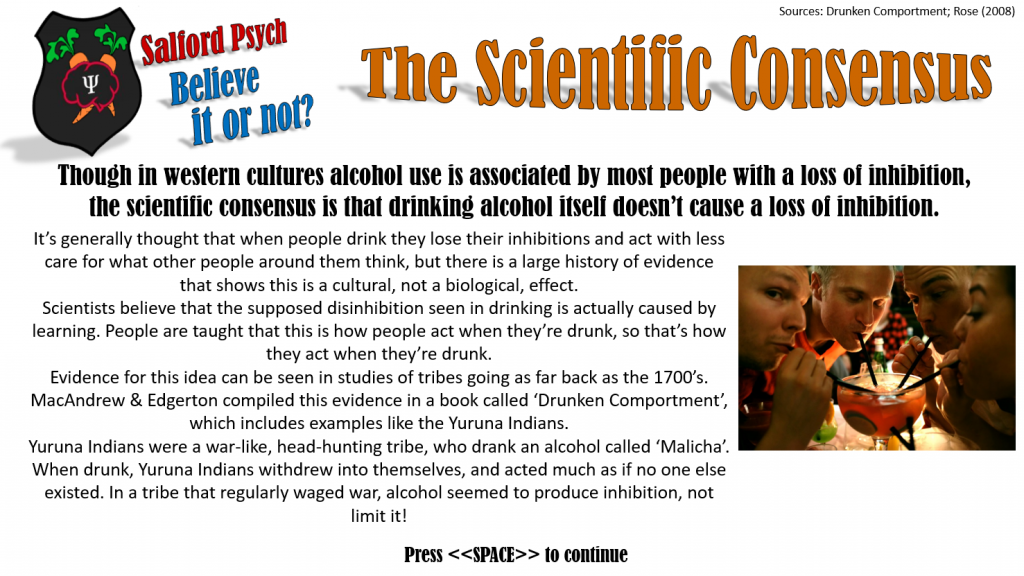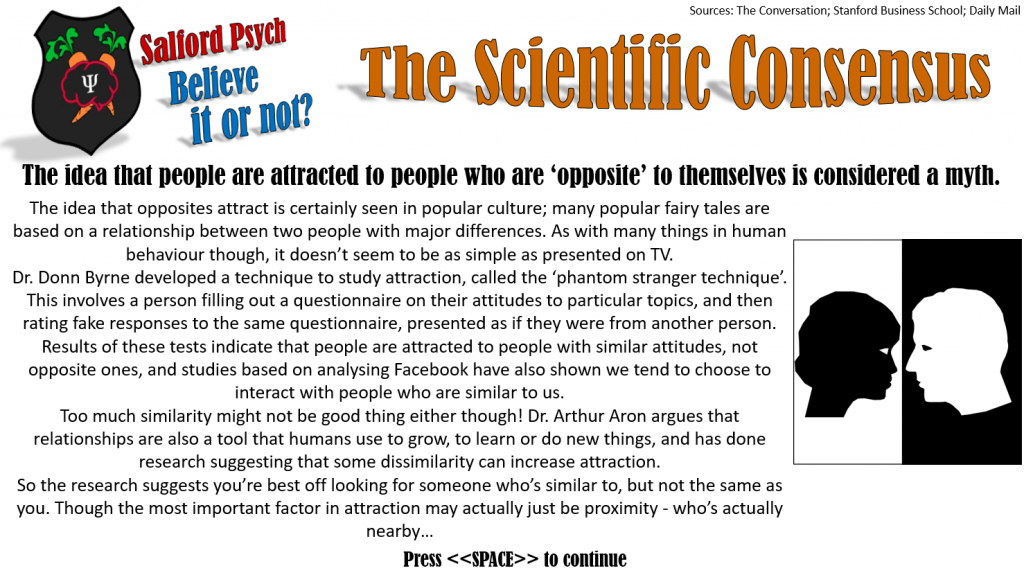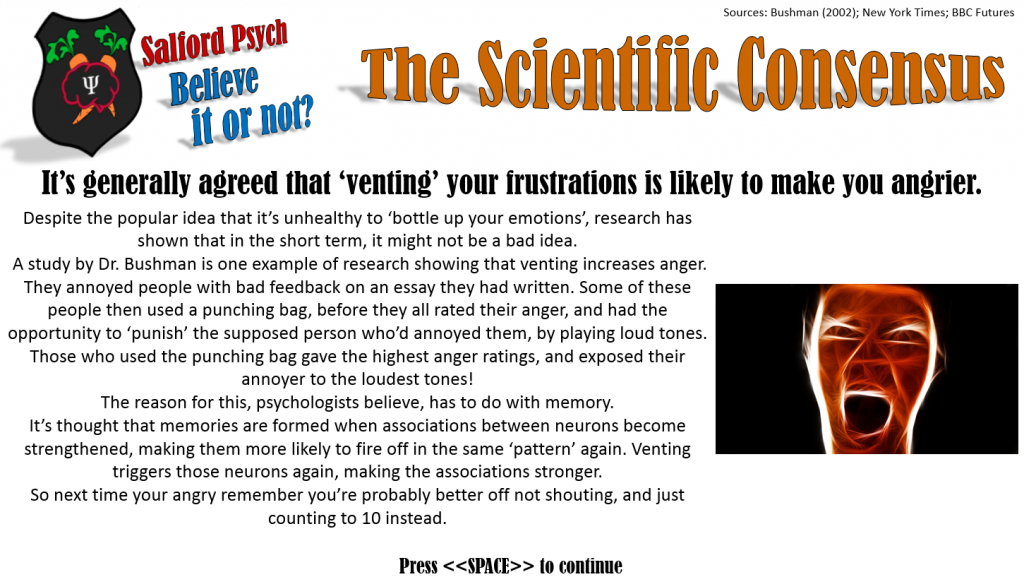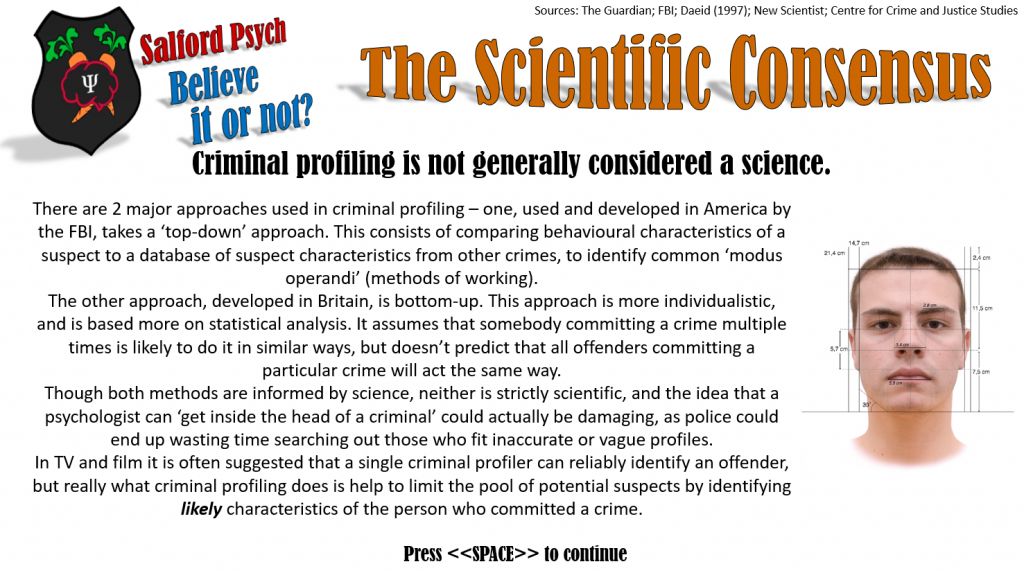By Sam Royle.
The Association of Technical Staff in Psychology (ATSiP) conference each year provides a unique opportunity for technical staff in psychology to come together and discuss the challenges of supporting psychology teaching and research, and the innovations applied to addressing the common (and not-so-common) problems encountered in psychology settings. It further provides an opportunity for Technicians to show off their own work or research, and demonstrate that #TechniciansMakeItHappen.
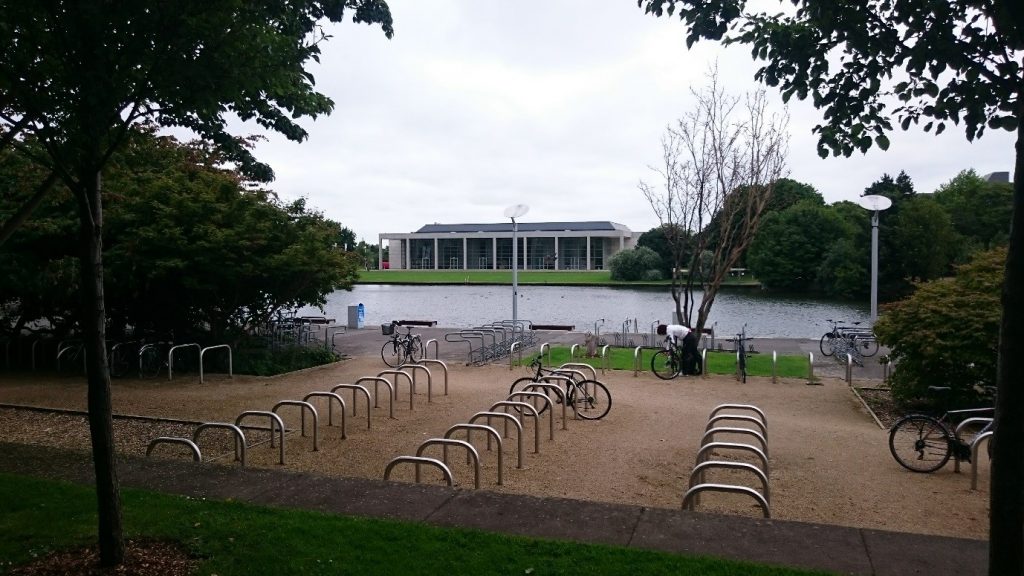
For the 32nd Annual ATSiP conference, delegates gathered at University College Dublin (UCD) on the 28th of June. UCD is based on a 133-hectare campus located about 6km’s from the city centre, and boasting plenty of green areas and a large lake at the centre, making for a beautiful location for this year’s conference (though it was a bit wet during our visit!). Conference presentations were held in the Newman building, with delegates staying in student accommodation.
This years conference was attended by 27 delegates and vendors. Our hosts were Colin Burke, of University College Dublin, and Patrick Boylan, of Dublin City University.
Day 1.
Proceedings began in the early afternoon with a brief welcome to the University from the head of the UCD psychology department, Professor Alan Carr, whilst delegates were still arriving. This was followed by a tour of the UCD psychology facilities and some of the wider campus, including the James Joyce Library, and the facilities classic, semi-circular lecture theatres. This also provided an opportunity for some delegate mingling and ‘catching-up’, and helped develop the typically relaxed atmosphere associated with the conference.
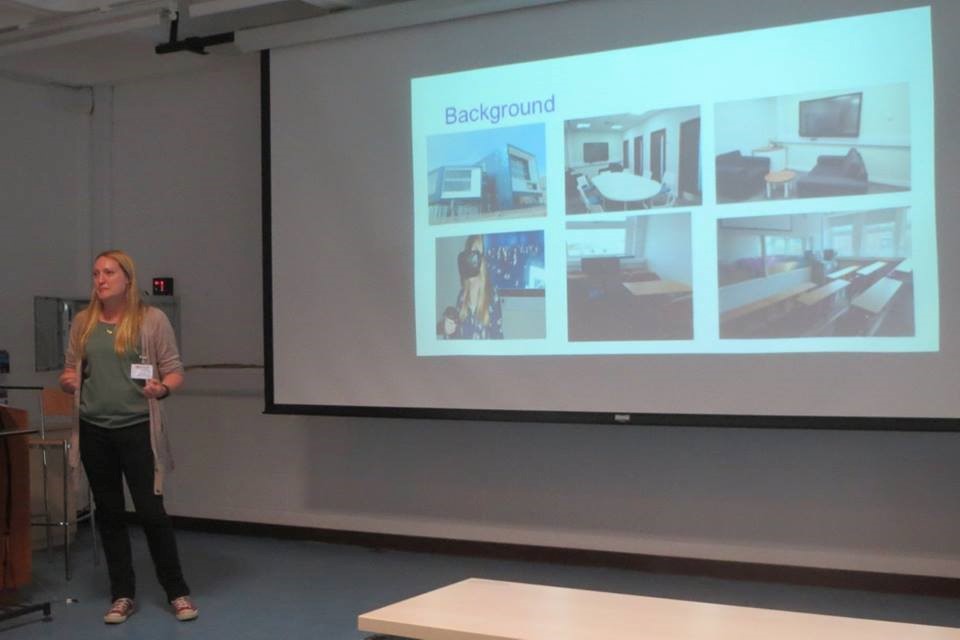
Presentations opened with ATSiP member Kristin Thompson, of Buckinghamshire New University, who discussed the use of virtual reality (VR) for teaching. Utilised in a module on ‘exceptional human experiences’, the presentation included in depth considerations of the ethical and safety implications of using VR and the difficulties in developing environments without expert support, as well as personal experiences with some surprising emotional responses to VR.
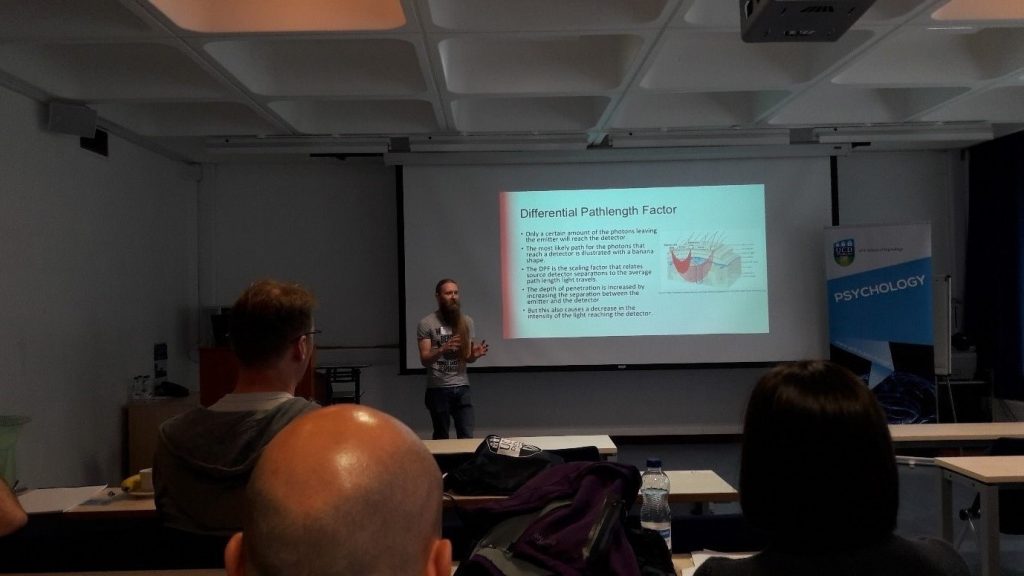
Following this, I presented my and my colleagues work on the combination of VR with functional near-infrared spectroscopy (fNIR) for neuro-cognitive research, providing an overview of fNIR as a neuroimaging modality, as well as work combining fNIR with 2 different VR systems, an adapted Oculus Rift DK2 and a CAVE-like system, the Octave. Greater freedom of movement resulted in greater data loss, but results indicated that both were viable methodologies with research and therapeutic implications.
Before closing for the day, Wakefield Morys-Carter of Oxford Brookes University provided an account of the current utility of online testing using Psychopy’s export to HTML feature, identifying useful tips and tricks, as well as highlighting a number of key differences between the local and online functionality of the software, such as the need to specify image sizes specifically for online use (in NORM units).
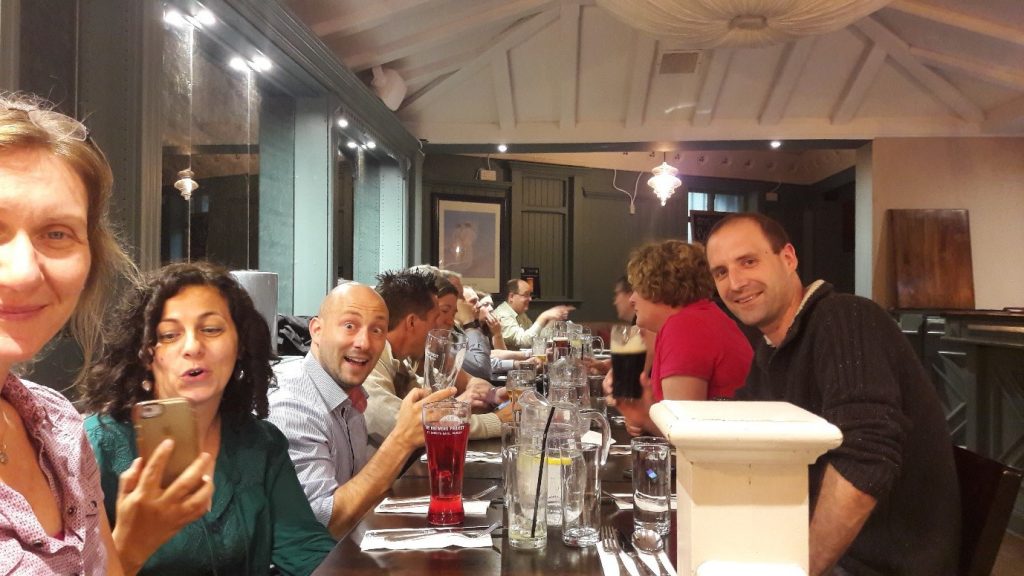
Delegates enjoyed an evening meal at the Clonskeagh House Pub, a short walk away from the UCD campus. A big thanks to the staff, who provided a lovely meal, good beer, and put up with a number of us until a little way into the early hours of the morning.
Day 2.
The second day kicked off with a breakfast selection at the university refectory, with cereals, fruits and pastries on offer as well as hot breakfast items, though we did have to make sure to get there early enough to beat the summer school students.
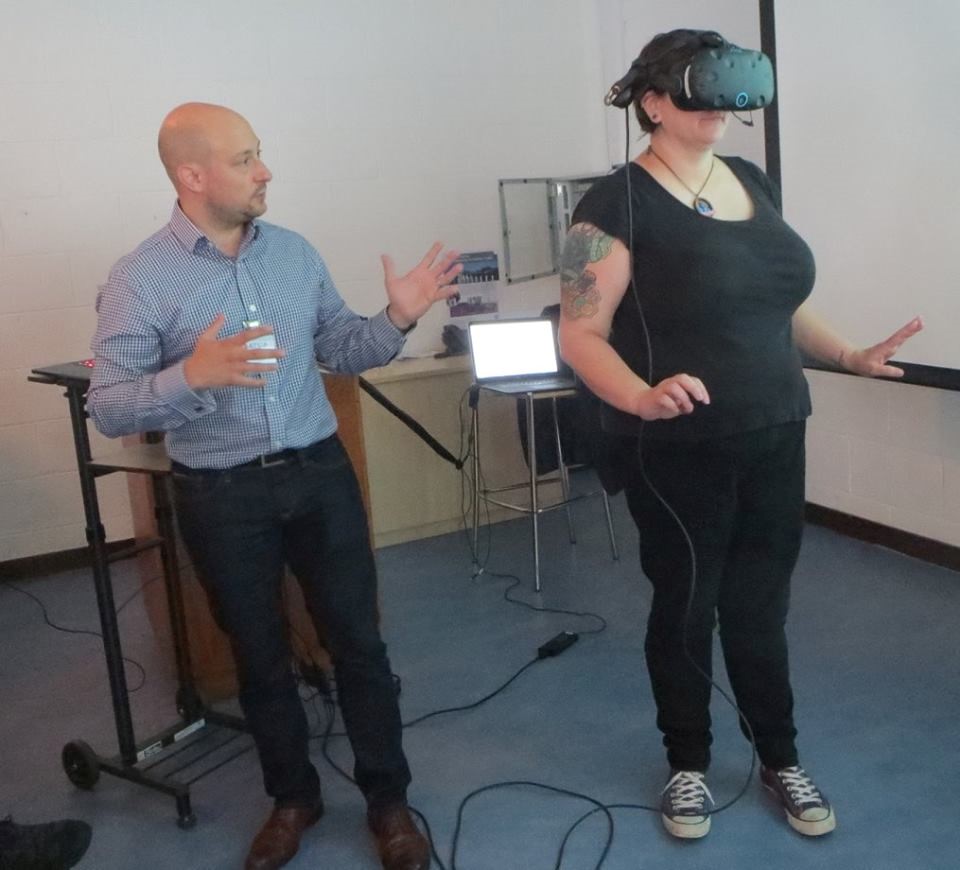
The ever lively Robertino Pereira of Acuity then provided a presentation of a VR eye-tracking solution, which allows for several immersing functionalities in VR environments, such as gaze contingency, natural targeting, interaction, and foveated rendering. A demo of the kit was provided, showing the natural gaze of an avatar reflected in a mirror, the ability to target throws accurately and naturally , and natural interaction with a shop menu, the combined results of which were rubber ducks being bought and then thrown around (I am assured none were harmed).

After coffee and pastries, Haulah Zacharia of the University of Westminster gave an account of her experiences with the centralisation of technical resources. A balanced account of both the pros and cons of being based in a central department, Haulah gave some good advice on how to ensure that centralisation processes are as beneficial as possible, such as trying to ensure involvement in the drafting of the job description, and obtaining direct professional supervision from within the psychology department.

Lejla Mandzukic-Kanlic, also of the University of Westminster, then provided an account of an impressive mobile learning scheme, in which students are provided with an iPad loaded with a number of useful applications, to support their learning. Compelling evidence suggested the first year of the programme, where level 5 and 6 students each received a device, was a success. Adoption amongst students was reported at 87.62%, and staff and students both reported increases in technological confidence. On top of this the programme had significant green effects (51.9 hours of photocopying saved), and workload effects (229 administrative hours saved).
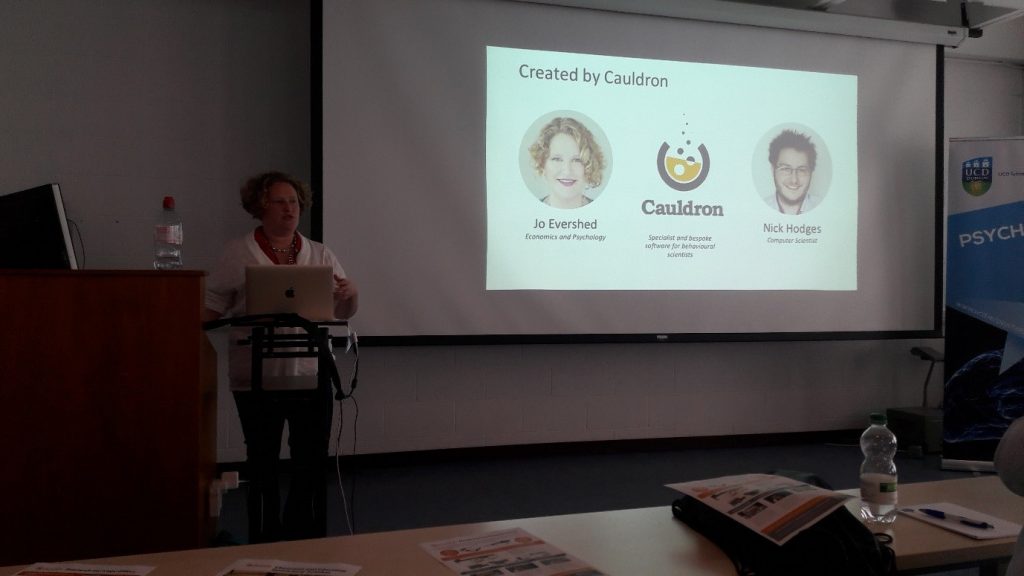
Following a lunch in the refectory, Jo Evereshed of Cauldron, demonstrated their student friendly, online behavioural research platform, Gorilla, that allows for accuracy and reaction time testing via the internet. Gorilla manages complex experimental setups utilising a simple to understand graphical user interface, but provides flexibility with direct access to coding tools.
The ATSiP conference is also an opportunity for delegates to interact with vendors, some of whom brought equipment to demonstrate during coffee breaks on the second day. Thanks go to Robert Jones of Linton Instruments, Richard Plant of Black Box Toolkit, Andy Shaw and Caroline Norbury of Tracksys, as well as Robertino Pereira of Acuity, Jo Evershed of Cauldron, and Matthew Etherington of Lorensbergs.
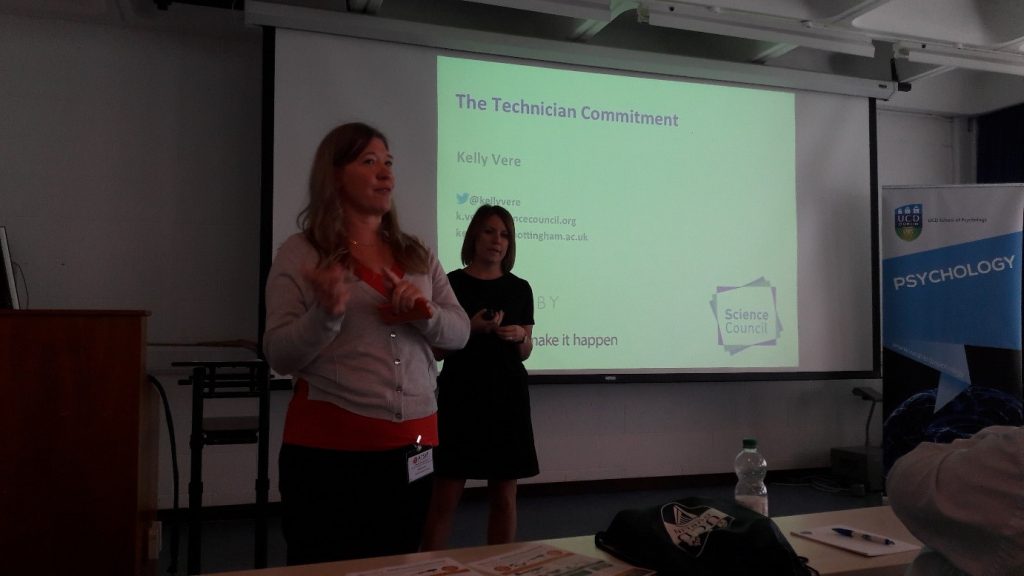
Belinda Fay Hornby of the University of Central Lancashire gave a report on developments within the BPS regarding the roles of technicians, and wider participation, before welcoming Kelly Vere, Technical skills and development manager at the University of Nottingham and Higher Education Engagement Manager with the Science Council, to introduce to delegates the Technicians Commitment – A Science Council initiative designed to ensure that signatories ensure the visibility, recognition, career development, sustainability, and impact of technicians in Higher Education. I’m sure many other delegates would agree it was very positive to hear an emphasis being put on the contributions of technicians, and would like to thank Kelly for joining us in Dublin.
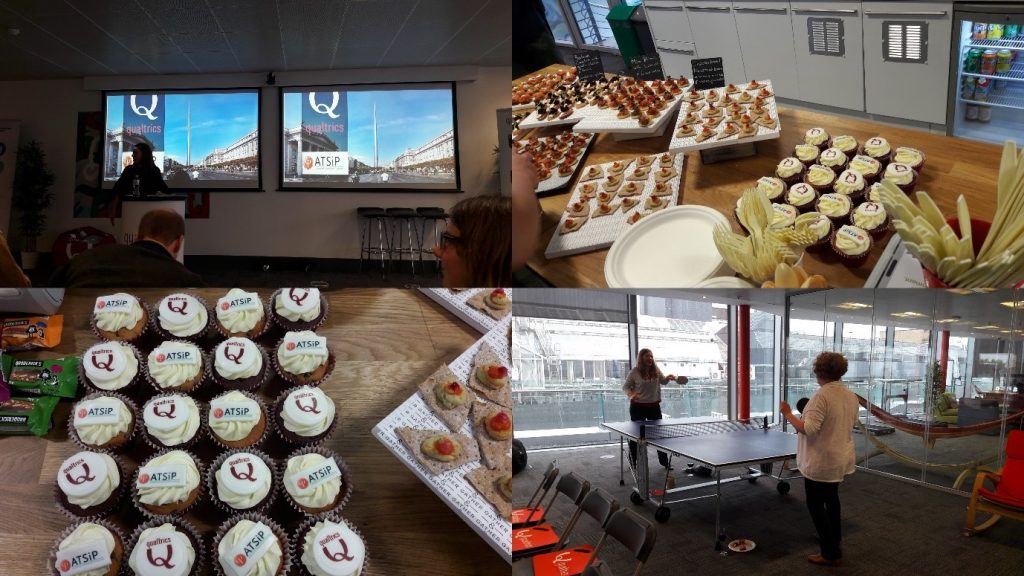
The ATSiP AGM was also held on Thursday, before delegates headed into the centre of Dublin to visit the Qualtrics office. Thanks go to Qualtrics and our hosts Sophie, Therese and Robyn, who provided Guinness and wine from the office bar, along with canapés and cupcakes, and a comfy setting for a presentation on the Qualtrics system. Following this, delegates attended a conference meal at the quirky Boulevard Café. Thanks go to the staff for a lovely meal, complete with two desserts and apparently never-emptying glasses of wine.
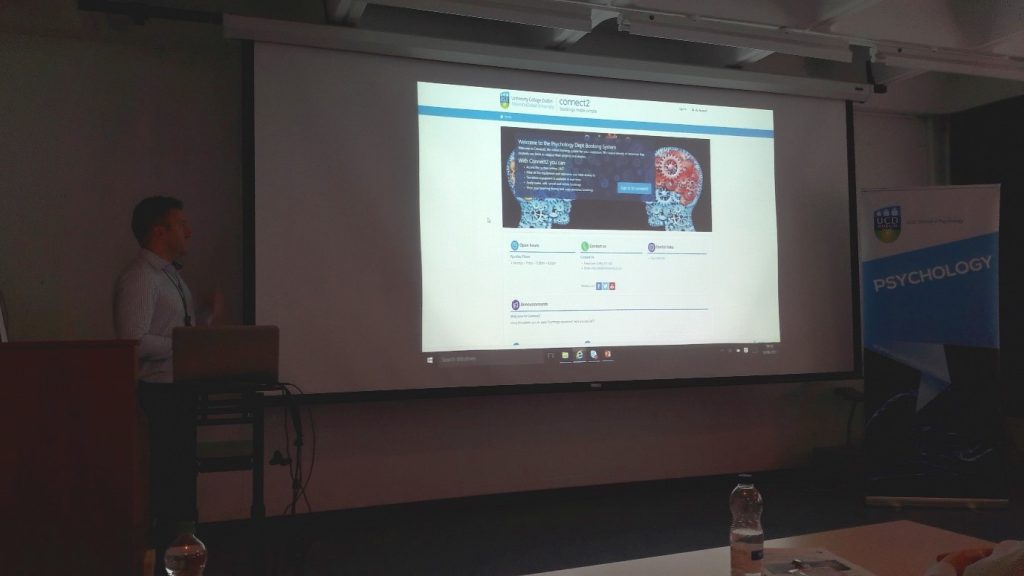
Day 3.
The final day once again began with Breakfast in the Refectory, before Matthew Etherington of Lorensbergs provided an overview of the Connect2 booking system, which is designed for Higher Education institutions. Matthew detailed a case study of its implementation for lab and equipment booking in the psychology department at the university of Portsmouth. Connect2 allows for the individual management of both equipment and lab space, with the ability to specify rules for bookings and providing an in-built check in/out system, allowing for more organised management of departmental resources.

Following a quick coffee break, Richard Weatherall of Canterbury Christ Church University presented to us the Swivl, a smart video recording device that can be used to automatically track a user or group of users. Richard provided an account of its adoption for easy lecture recording along with evidence that students see lecture recordings as useful, but crucially, not a replacement for being at the lecture. The Swivl has a number of features that make lecture recording an easy task, including the ability to directly route slides into the data recording, consistent audio from the marker based microphone, and of course, the ability to follow a wandering lecturer.
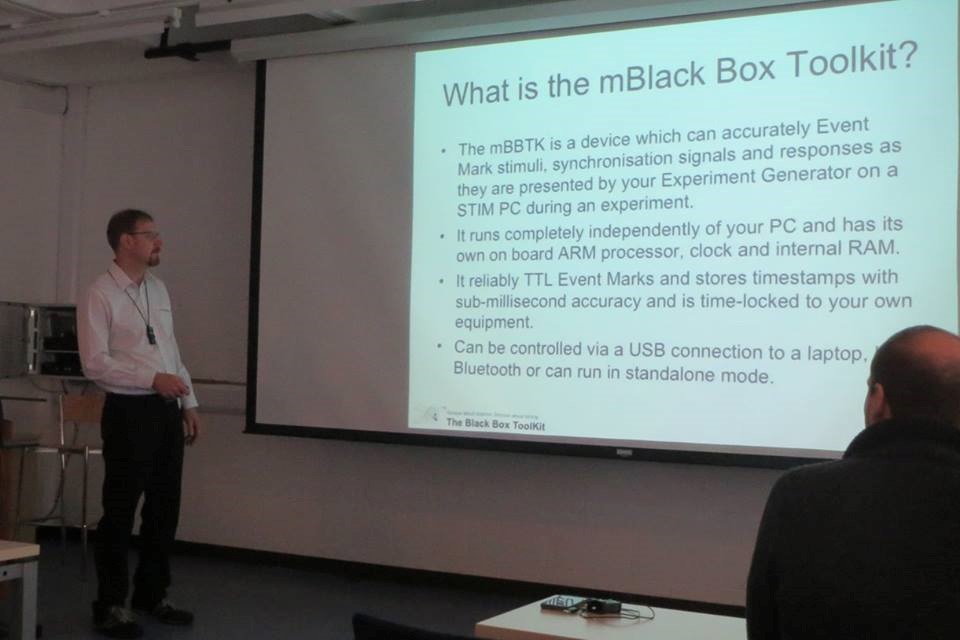
Richard Plant of Black Box Toolkit then highlighted the issues of replicability in millisecond level reaction time testing caused by reliance on internal hardware, and presented the mBBTK, a piece of equipment designed to ensure the highest possible accuracies in event marking timing. The mBBTK can boast sub-millisecond accuracy (and that’s accuracy, not precision), on 24 unique TTL marker lines. The device can be used standalone, or controlled utilising a Bluetooth or USB connection, allowing for flexibility in its methodological adoption.
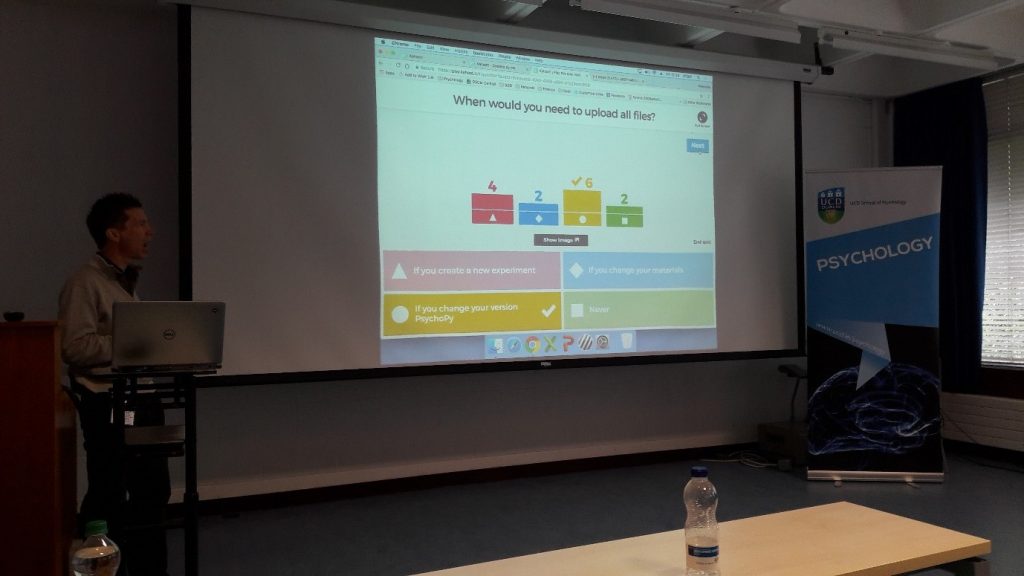
Our final talk of this year’s conference came from Wakefield Morrys-Carter, who took to the stage once again to demo the use of Kahoot, an online learning resource in which students can respond to questions using either a web client, or their smartphone (by quizzing us on his previous presentation!). Wakefield also provided a brief introduction to Socrative, another online learning resource, and provided materials for a workshop on Psychopy use, made available through the website so that delegates could access it after the conference end.

I was personally honored to receive the Keith Nicholson Memorial Prize for best presentation – It’s always nice to see that your work is interesting to other people as well!
Plans are for the ATSiP 2018 conference to be held at the University of Bath.
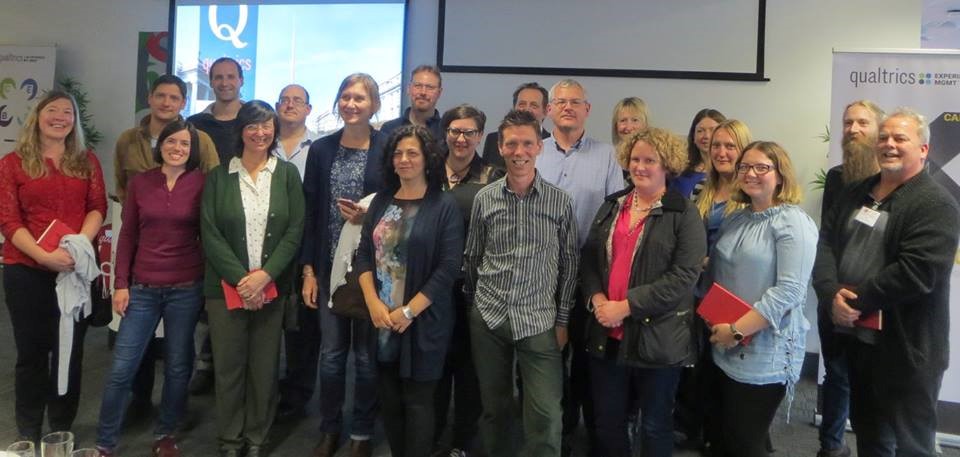
Delegates of the 2017 ATSiP conference at University College Dublin.




